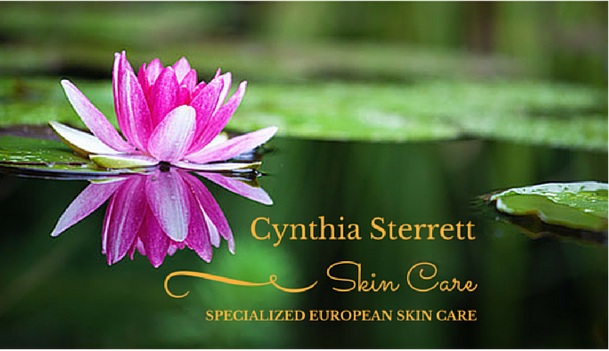Acne Lesions: There's more than one?
Acne is usually associated with hormonal fluctuations experienced during your teenage years, but adults can experience acne too. Identifying which type of acne you’re experiencing is key to successful treatment. Acne may be noninflammatory or inflammatory. Subtypes of acne within these two categories include:
Open Comedone (Blackhead) – a buildup of sebum, dead skin cells, bacteria, and other debris inside the follicle. Appears dark because the oil has been oxidized (exposed to oxygen). An open comedone may be referred to as congestion.
Closed Comedone (Whitehead) – a buildup of sebum, dead skin cells, bacteria, and other debris inside the follicle. Appears flesh colored. Because the follicle opening is blocked, the sebum has NOT been oxidized. A closed comedone may also be referred to as congestion.
Papule – Papules are tender red bumps, usually fairly small, up to a cm in diameter, and somewhat raised. The defining factor is that they are not filled with pus, although they may go on to fill with pus later on and become a pustule.
Pustule – Pustules are your classic pimple. Hard, inflamed, and full of pus that has the defining white or yellow centre. May remind you of a volcano. While it’s ever tempting to pop these, please try to refrain.
Nodule – a very deep lesion, similar to a papule. A nodule often involves more than one follicle.
Cyst – a closed sac of tissue. May contain air, fluid, dead skin cells, and pus. In the case of acne, a cyst is a nodule with a large amount of inflammation (white blood cells). Acne scarring is due to cysts that rupture.
Milia – tiny, white, hard, pearly masses under the skin, typically around the eyes and nose. Composed of keratin (trapped dead skin cells). Often mistaken for a whitehead. These tiny cysts have no opening, so they cannot be extracted and must be excised with a lancet.
Open and closed comedones are categorized as non-inflammatory acne. Papules and pustules are inflammatory lesions.
How should acne be treated?
 Blackheads and whiteheads are the mildest forms of acne. These can sometimes be cleared up with OTC topical medications, such as salicylic acid-based toners or benzoyl-peroxide spot treatments. If they don’t respond to OTC medications, comedones are easily treated with topical retinoids. There is even one type of retinoid, known as adapalene, which is now available over the counter. It’s very effective in clearing blackheads and whiteheads.
Blackheads and whiteheads are the mildest forms of acne. These can sometimes be cleared up with OTC topical medications, such as salicylic acid-based toners or benzoyl-peroxide spot treatments. If they don’t respond to OTC medications, comedones are easily treated with topical retinoids. There is even one type of retinoid, known as adapalene, which is now available over the counter. It’s very effective in clearing blackheads and whiteheads.
Pustules and papules are more moderate forms of acne. These may or may not clear up with OTC meds. Widespread moderate acne may require an oral or topical prescription from a dermatologist. Nodules and cysts are the most severe form of acne. You have to see a dermatologist to clear up severe acne. Picking or popping nodules and cysts can lead to scars.

